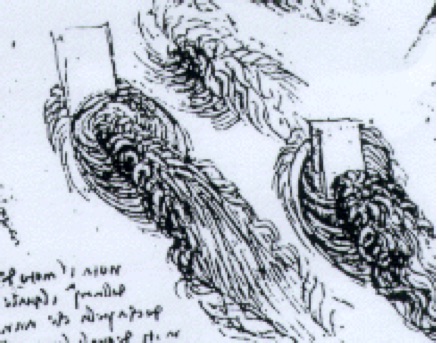DFS offers a solution to the Clay Mathematics Institute Millennium Problem on the existence and uniqueness of solutions to Navier-Stokes equations. DFS shows that solutions exist as best possible computational solutions, which in general are turbulent with well determined mean values but non-unique point values.
This is not a solution along the view of the official formulation of the problem in the language of classical analytical mathematics for partial differential equations. No progress towards a solution in this setting has been noted over the 20 years since the problem was formulated. In fact, the official formulation misses the crucial aspect of well-posedness and as such does not make sense, but this is not anything the group of pure mathematicians in charge of both the problem formulation and the evaluation of solutions, have been willing to listen to. Yet at least, but things may change when the power of DFS is released.
In the era of the computer it is natural that computation can offer solutions where classical analysis fails. More precisely, DFS is open source computer code which translates the Navier-Stokes equations into a form which can be processed by computer to deliver solutions which continue to exist over time and can be inspected and evaluated in all desired detail as to their mathematical properties. DFS thus acts like an analytical solution formula, which if available would be an answer to the Clay problem, but which does not exist because exact analytical solutions are all unstable and “blow up”. DSF thus offers a solution in mathematical terms to the Clay problem, but as of now it cannot be accepted as a solution because it does not fall into a classical analytical form, although the general presentation is less specific:
- The challenge is to make substantial progress toward a mathematical theory which will unlock the secrets hidden in the Navier-Stokes equations.
DFS at least unlocks the Secret of Flight (hidden in the Euler equations as Navier-Stokes equations with vanishingly small viscosity).
The confusion surrounding the formulation of the Clay Navier-Stokes problem is illustrated here.

Turbulent flow as solutions to Navier-Stokes equations described by daVinci
